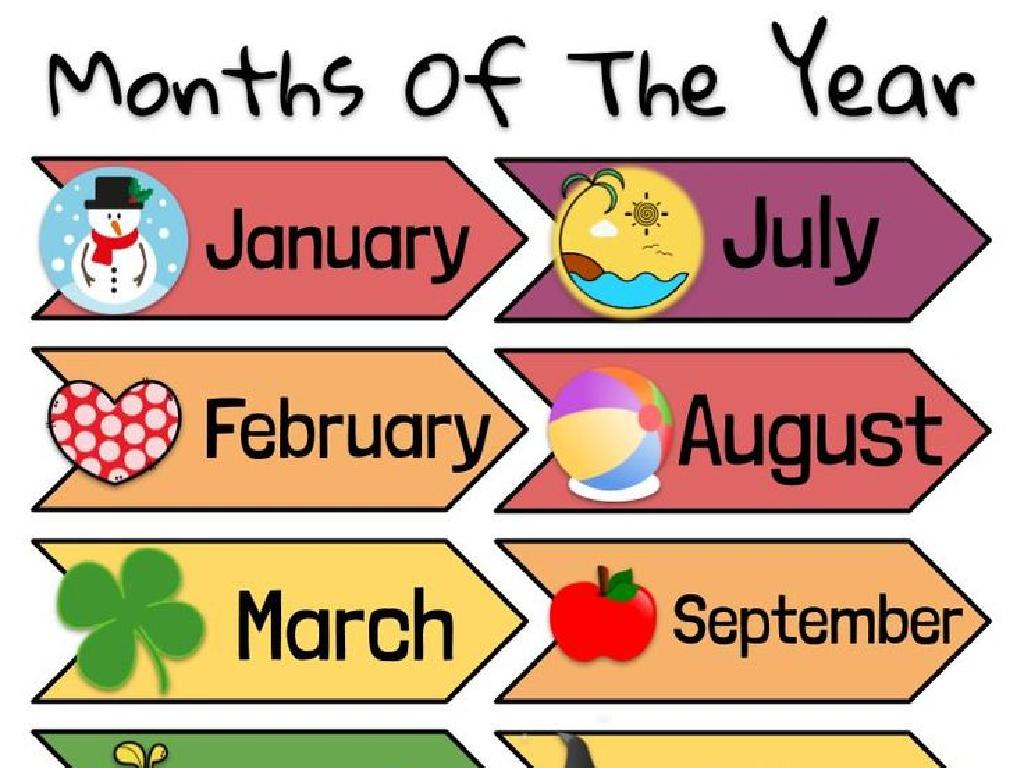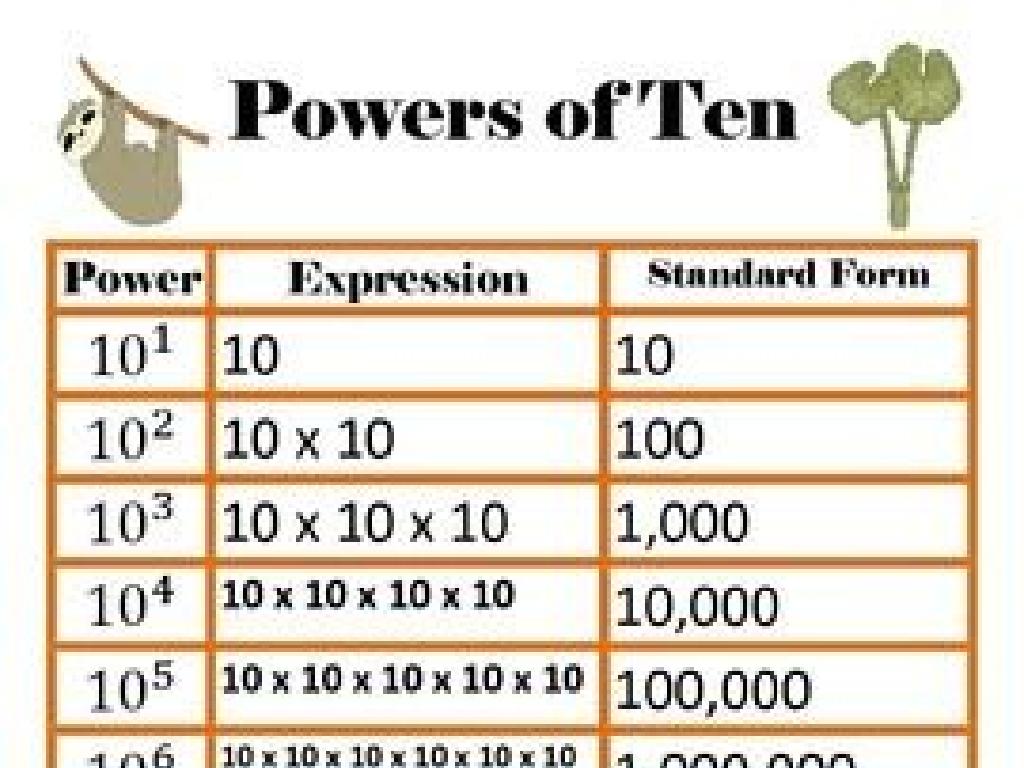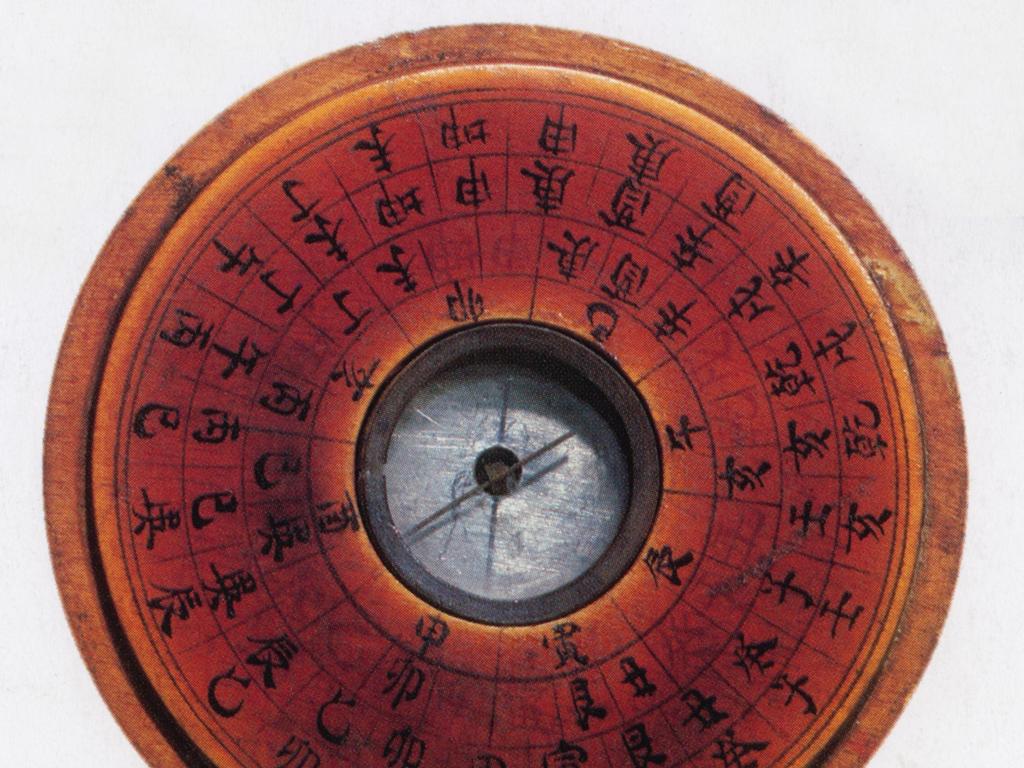Count Money Up To $1
Subject: Math
Grade: Second grade
Topic: Money Up To $1
Summary: In this engaging second grade math presentation, students learn to identify, count, and combine pennies, nickels, dimes, and quarters to add up to $1. Interactive activities, such as matching coins to amounts and using real-world examples, help build essential money-counting skills. Through hands-on games and practice, students develop confidence in recognizing coin values and understanding different ways to make a dollar, supporting real-life financial literacy.
Please LOG IN to download the presentation. Access is available to registered users only.
View More Content
Welcome to Money Math: Counting up to $1
– Learn to count money within $1
– Understand the value of coins and bills
– Knowing money’s value helps with purchases
– Identify pennies, nickels, dimes, quarters
– A penny is $0.01, a nickel is $0.05, a dime is $0.10, and a quarter is $0.25
– Practice with real-life examples
– Use examples like buying a snack or saving in a piggy bank
|
This slide introduces the concept of counting money up to $1, which is a fundamental skill for second graders. Start by explaining the importance of understanding money for making purchases. Introduce each coin, its value, and how to recognize it. Use visual aids like actual coins or images to help students identify each type of coin. Then, provide simple examples of how these coins can add up to $1. Encourage students to think about times they have used money to buy something small, like a piece of candy or a pencil, to make the concept relatable. Plan a few interactive activities where students can practice counting different combinations of coins to reach $1. This practical application will help solidify their understanding of the value of money.
Meet the Coins
– A penny is worth 1 cent
– It’s the smallest coin and copper-colored
– A nickel is worth 5 cents
– It’s larger than a penny and silver-colored
– A dime is worth 10 cents
– It’s small and thin but worth more than a penny and a nickel
– A quarter is worth 25 cents
– It’s the largest coin and worth the most
|
This slide introduces the basic coins used in American currency, which are essential for understanding how to count money up to $1. Each coin is introduced with its value and a brief description to help students distinguish them. Emphasize the size, color, and value of each coin. Encourage students to handle actual coins to familiarize themselves with the physical characteristics. You can plan activities where students practice identifying and counting each type of coin, and then combining them to make various sums of money up to $1. This tactile experience reinforces their learning and aids in memorization.
Counting Pennies: Every Cent Counts!
– Understanding pennies
– 1 penny equals 1 cent
– Counting with pennies
– If you have 3 pennies, that’s 3 cents. Easy, right?
– Practice: Adding up pennies
– Let’s try together: If you have 5 pennies, you have 5 cents!
|
This slide introduces students to the concept of counting money using pennies. Start by explaining that a penny is the smallest unit of money in the US and is worth 1 cent. Show them actual pennies or images of pennies to help them visualize. Then, engage the class in counting pennies together, reinforcing the idea that each penny adds one more cent to the total. For the practice activity, have students count out 5 pennies and confirm that they equal 5 cents. Encourage them to bring in pennies from home for hands-on practice, and prepare additional examples with different numbers of pennies for them to try.
Counting Nickels
– Each nickel is worth 5 cents
– Counting nickels to reach 10 cents
– How many nickels do we need for 10 cents? Two nickels!
– Understanding nickel’s value
– Remember, 5 cents is the value of one nickel
– Practice with nickel calculations
– Let’s try together: If you have 4 nickels, how much do you have?
|
This slide introduces students to the concept of counting money using nickels. Start by explaining that each nickel is equivalent to 5 cents. Use visual aids or real coins to help students understand. Then, pose a question to the class: How many nickels make 10 cents? Guide them to the answer that two nickels are needed to make 10 cents. Reinforce the value of a nickel and encourage students to practice with different nickel amounts to become comfortable with the concept. For example, ask them how much money they would have with 4 nickels and lead them to calculate the answer as 20 cents. This exercise will help solidify their understanding of counting by fives using nickels.
Counting Dimes
– Understanding the value of a dime
– Counting dimes to reach a sum
– Each dime is 10 cents. How many to make certain amounts?
– Calculating dimes for 50 cents
– 5 dimes make 50 cents because 5 x 10 cents = 50 cents
– Practice with different amounts
– Try to figure out how many dimes are needed for 20, 30, or 40 cents
|
This slide is focused on teaching second graders the value of a dime and how to count dimes to reach a total of $1. Start by explaining that a dime is worth 10 cents. Use real or play dimes to visually demonstrate this concept. Then, pose the question of how many dimes are needed to make 50 cents, guiding them to the answer of 5 dimes. Encourage the students to calculate the number of dimes needed for other amounts like 20, 30, or 40 cents. This will help them understand the concept of multiplication and repeated addition. Provide plenty of practice examples and consider using interactive activities where students can physically count out dimes to reach a dollar.
Counting Quarters Up to $1
– A quarter equals 25 cents
– Quarters needed for $1
– 4 quarters make a whole dollar
– Counting by quarters
– Add 25 cents each time: 25, 50, 75, 100
– Practice with quarters
– How many quarters for 50 cents? For 75 cents?
|
This slide introduces students to the concept of counting money using quarters. Start by explaining that each quarter is worth 25 cents. Then, engage the students by asking how many quarters are needed to make 1 dollar, guiding them to the answer of 4 quarters. Practice counting by quarters, emphasizing the pattern of adding 25 each time to reach a dollar. Use visual aids like actual coins or images to help students visualize the process. For the activity, have students practice determining the number of quarters needed for different amounts less than a dollar, such as 50 cents or 75 cents, to reinforce their understanding.
Using Different Coins to Make $1
– Various coins equal $1
– Combine coins to total $1
– Example: 2 quarters = 50 cents
– 2 quarters can be swapped for 5 dimes
– Example: 5 dimes = 50 cents
– 5 dimes can be swapped for 10 nickels
– Example: 4 nickels = 20 cents
– 4 nickels can be swapped for 2 dimes
|
This slide aims to teach students that there are multiple ways to make a dollar using different combinations of coins. Start by explaining that each coin has a different value and how many of each coin are needed to make $1. Use real coins or images to show the students what each coin looks like and its value. Then, demonstrate how 2 quarters, 5 dimes, and 4 nickels each contribute to making a dollar. Encourage students to think of other combinations of coins that can add up to $1. This will help them understand the concept of equivalent values and improve their counting and addition skills.
Understanding the Dollar Bill
– 1 dollar bill equals 100 cents
– Equal to 10 dimes
– 10 dimes make $1 (10 x 10 cents)
– Or equal to 4 quarters
– 4 quarters make $1 (4 x 25 cents)
– Or 20 nickels, 100 pennies
– 20 nickels or 100 pennies make $1 (20 x 5 cents or 100 x 1 cent)
|
This slide introduces students to the concept of the dollar bill and its equivalence in coins. Start by explaining that all money adds up to a total amount, and a dollar is a basic unit in American currency. Show them a physical dollar bill and coins to help them visualize. Explain that there are different ways to make a dollar using coins – 10 dimes, 4 quarters, 20 nickels, or 100 pennies. Use real coins for demonstration if possible, and encourage students to practice making a dollar with different combinations of coins. This will help them understand the value of money and improve their counting skills.
Let’s Practice Counting Money!
– Counting coins up to $1
– Recognize different coins
– Identify pennies, nickels, dimes, and quarters
– Add up their values
– Use addition to find the total amount
– Share your answers with the class
|
This slide is for a class activity where students will practice counting money up to $1. Display various combinations of coins on the board or via a projector. Encourage students to identify each coin and its value: penny (1 cent), nickel (5 cents), dime (10 cents), and quarter (25 cents). Then, ask them to add up the values to find the total amount of money displayed. Allow students to work individually or in pairs to foster collaboration. After they have calculated the amounts, ask volunteers to share their answers and explain how they arrived at them. Possible activities include: 1) Matching coin amounts to written dollar values, 2) Creating coin combinations that equal $1, 3) Estimating the value of a pile of coins before counting, 4) Ordering sets of coins from least to greatest value, 5) Playing a ‘shopkeeper’ game where students ‘buy’ classroom items with coin combinations.
Class Activity: Money Match-Up
– Play ‘Money Match-Up’ game
– Match coins to money amounts
– Use real or play coins like pennies, nickels, dimes, and quarters
– Pair up and find matches
– See who finds the most matches
– Keep score for a friendly competition
|
This interactive activity is designed to help students practice counting money and recognizing the value of different coins. Provide each pair with a set of real or play coins, including pennies, nickels, dimes, and quarters. Create cards with various amounts written on them, up to $1.00. Students will work in pairs to match the coins to the corresponding amount on the cards. Encourage collaboration and communication as they work together to find as many correct matches as possible. Keep it fun and engaging by turning it into a friendly competition to see which pair can find the most matches. This will help reinforce their understanding of coin values and counting money. Possible variations of the activity could include timing the pairs for added challenge, having students draw their own coin combinations to match the amounts, or using a mix of coins and dollar bills for advanced practice.





